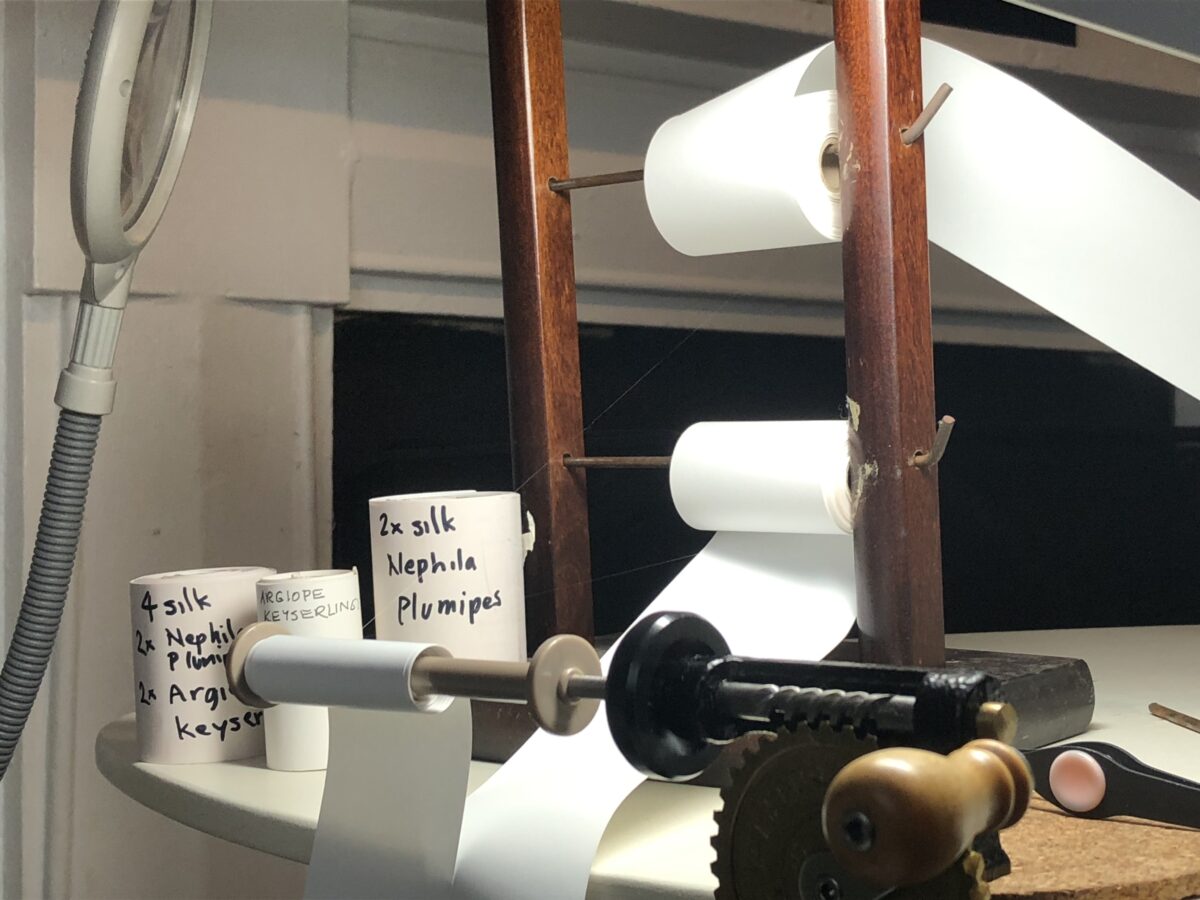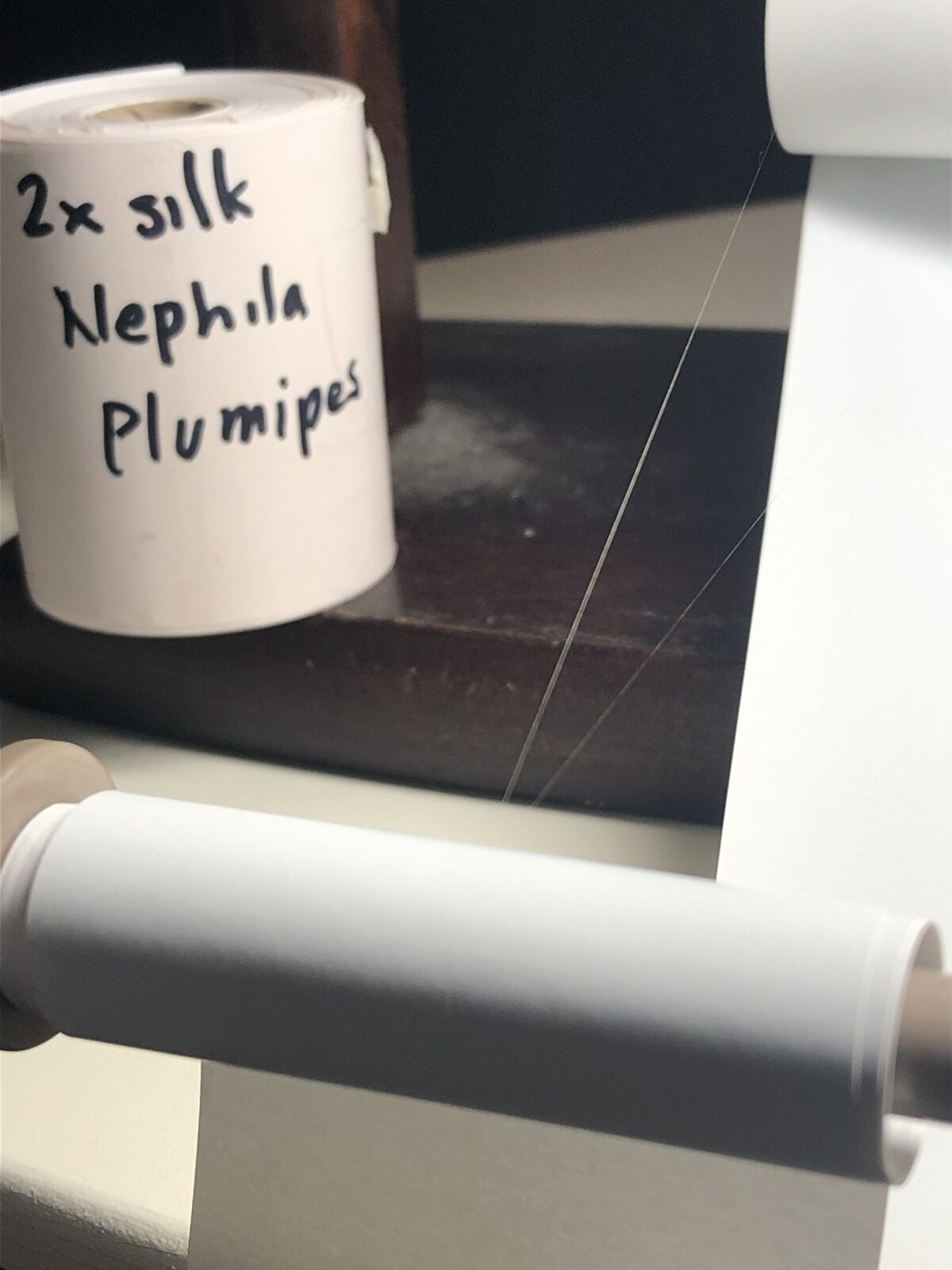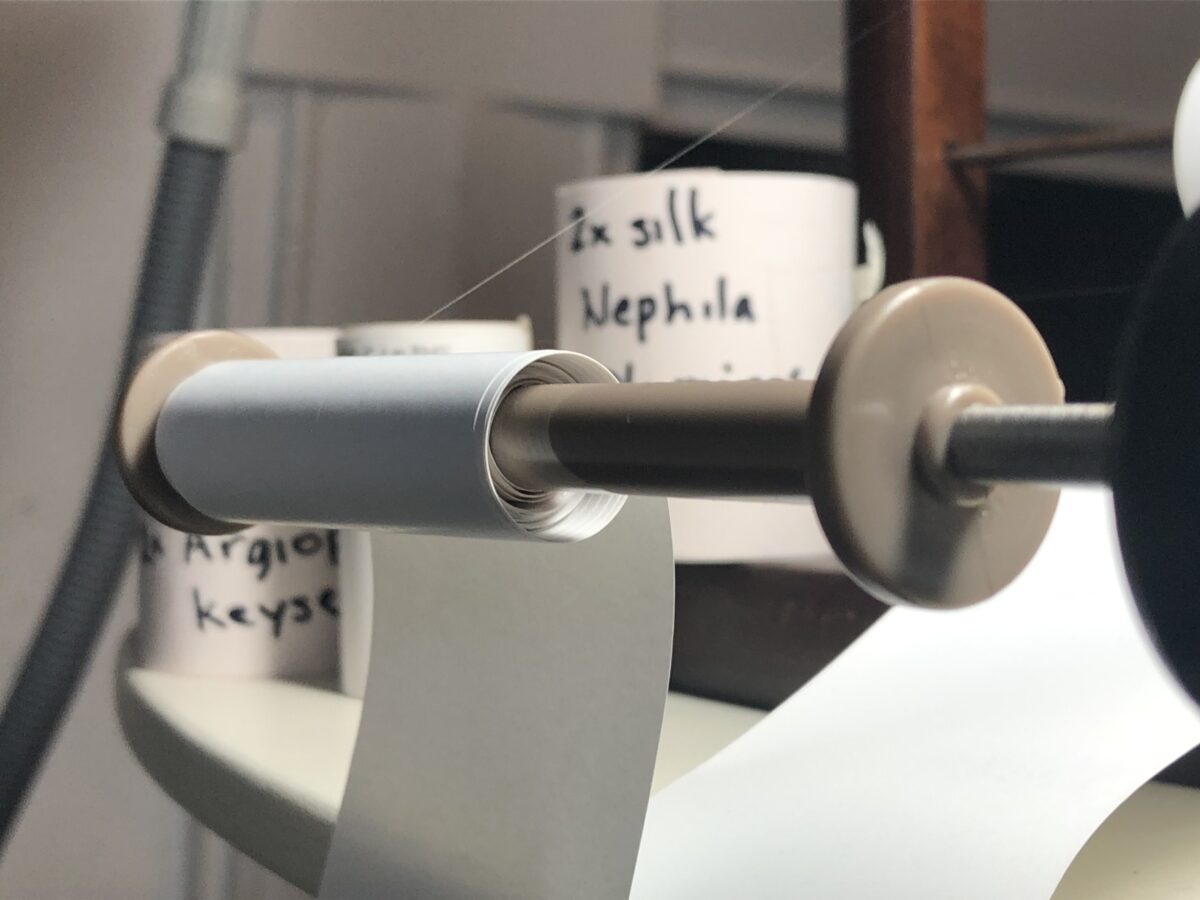Spider silk chat on 2SER
On May May 25 I spoke spider silk with Willy Russo on 2SER’s Breakfast program. Here’s our conversation:https://2ser.com/spider-silks-to-give-leg-up-in-prosthetics-industry/?fbclid=IwAR0jmmMkN9qn2cGoxHBQyUDQ5YC4rdf6tjWruMbEJa5gHl3K1_leQaitpDY




